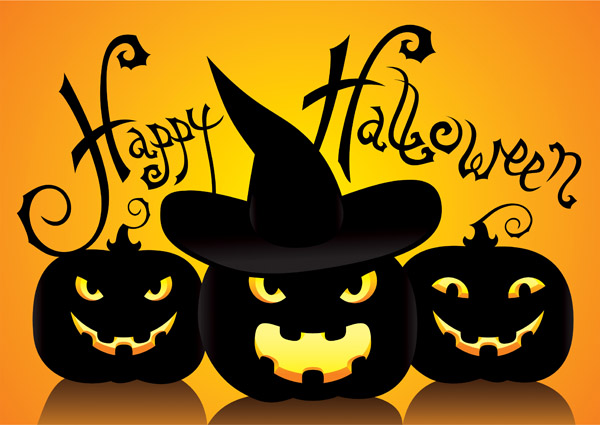What’s all the hype about Halloween?
October 25, 2022
“We make up horrors to help us cope with the real ones” -Stephen king. A quote that never fails to ponder my mind every Halloween. But every year, I find myself asking the same question “where did Halloween come from?” So, my dear reader, I want you to understand that as I am writing this not only for you but also for myself and every other curious mind who finds themselves in an utter fascination with Halloween and its relatively obscure history.
Our journey begins with the Celts. An ancient society resided in current-day Ireland, Scotland, and parts of Great Britain. The Celts had a calendar of 8 different parts of the year, each beginning with a celebration. Samhain (pronounced saw-win) was the Celts’ new year. It marked the turning point between the lighter half of the year and the darker half, which in the eyes of the Celts, meant the veil between the mortal realm and the spirit realm was at its thinnest. The Celts celebrated by harvesting and honoring those who have claimed the chilling grips of death. They invited their late family and friends in by feasting, dancing, and singing. The Celts also dressed up in lavish costumes to confuse negative spirits. This is why we still dress up in costumes to this day!
When the catholic church spread vastly, they shamed the Celts for “witchcraft” and “devil worshiping ‘. Pope Gregory lll codified “all saints day” or “Hallowmas, roughly around 750 B.C. The catholic church strategically placed all saints day on November first, the night after the final night of Samhain, to push it out. The night before was known as all hallows eve. “Hallow” translates to holy or holy person, and “mas” translates to mass which is just a large gathering or a feast, so “Hallowmas” literally means a feast for the holy.
When the great Irish potato famine struck eastern Europe, the descendants of the celts, henceforth the Irish, moved to the Americas. As they did this, they brought their culture, language, and traditions. By this time Samhain, Hallowmas, and all hallows eve have merged into one big melting pot of a holiday, the beloved Halloween. Without the Irish, we would not have many Halloween traditions that we have today. For instance, trick or treating started as a way to keep kids out of trouble, and pumpkin carving was derived from the old Irish tale of “stingy jack”, but before they used pumpkins, they used radishes. Thus, shortly making the switch after arriving in America. We also have a lot of other cultures and groups to thank for our most beloved holiday, such as the Romans for the candy apples and the Puritans for the black cat superstitions. As Americans, we have even made our own contributions too, like candy corn and individually wrapped candy. (thank you, Milton Hershey)
As I close this paper, I want you to understand this- Halloween runs deeper than black cats and pumpkins. It is as ancient as it is whimsical. Dark as it is light. I hope you understand the importance of Halloween and where this holiday came from, and why we still celebrate today. Finally, I hope you enjoy Halloween just as much as I do and find the same joyful experiences every year.
